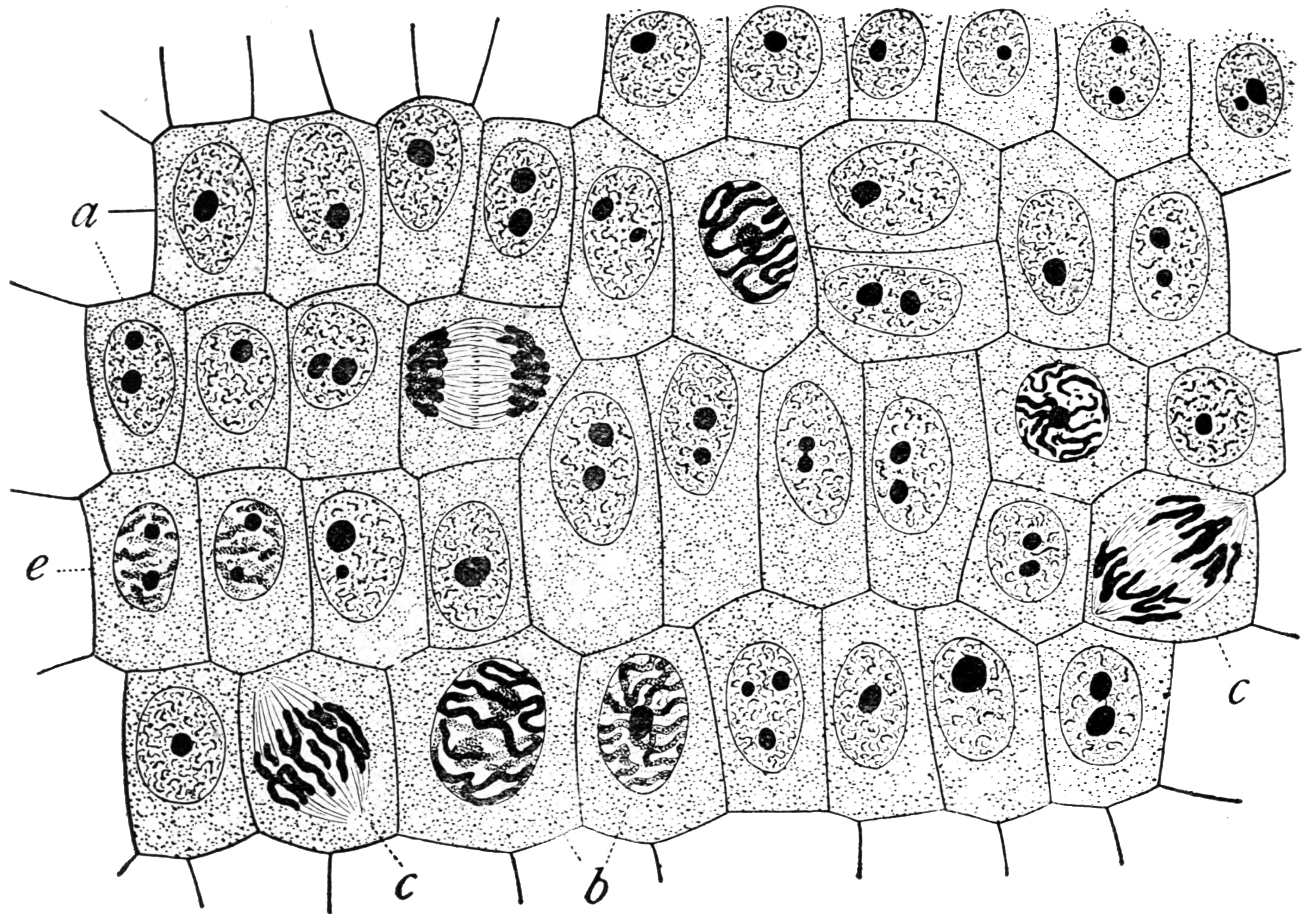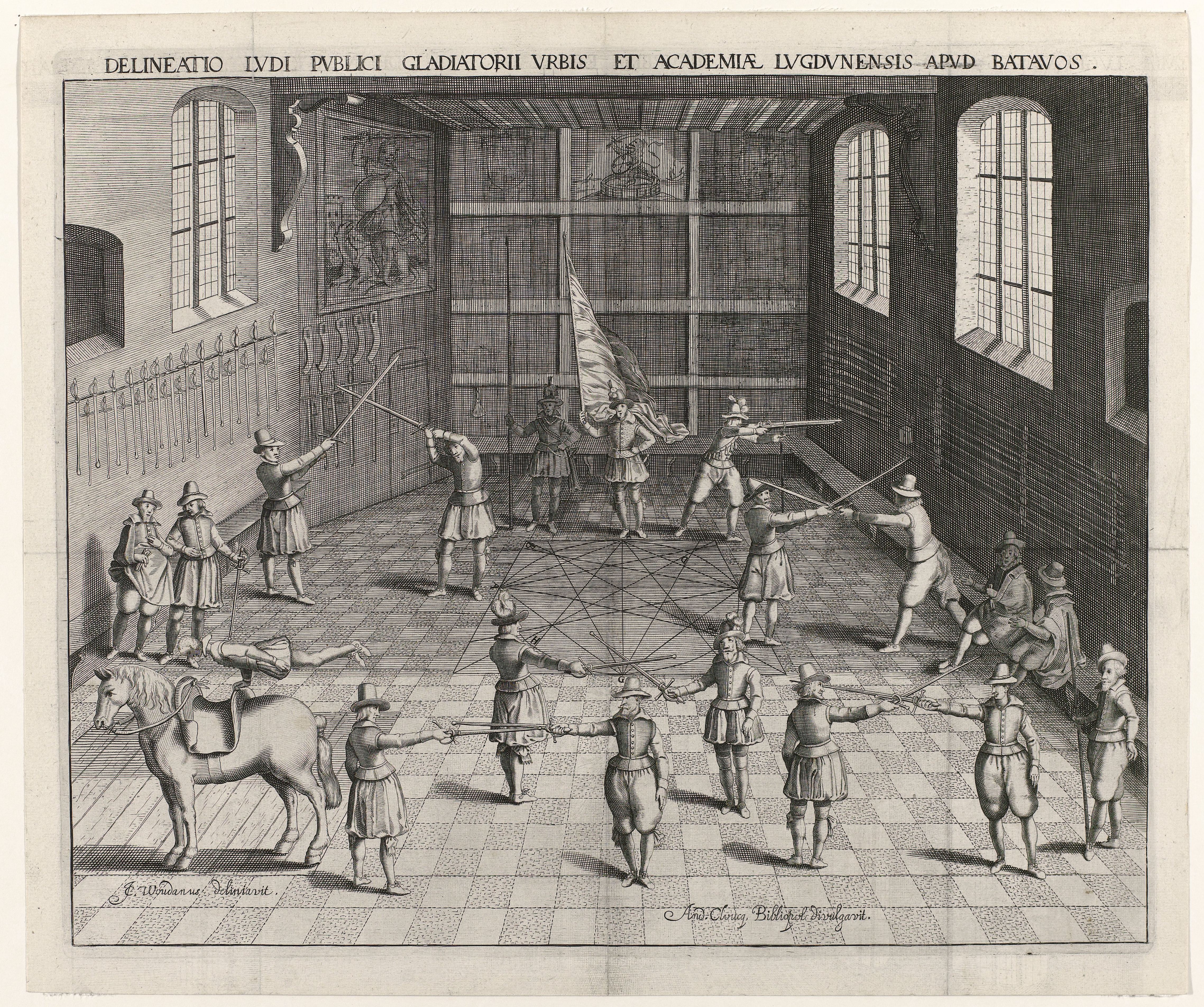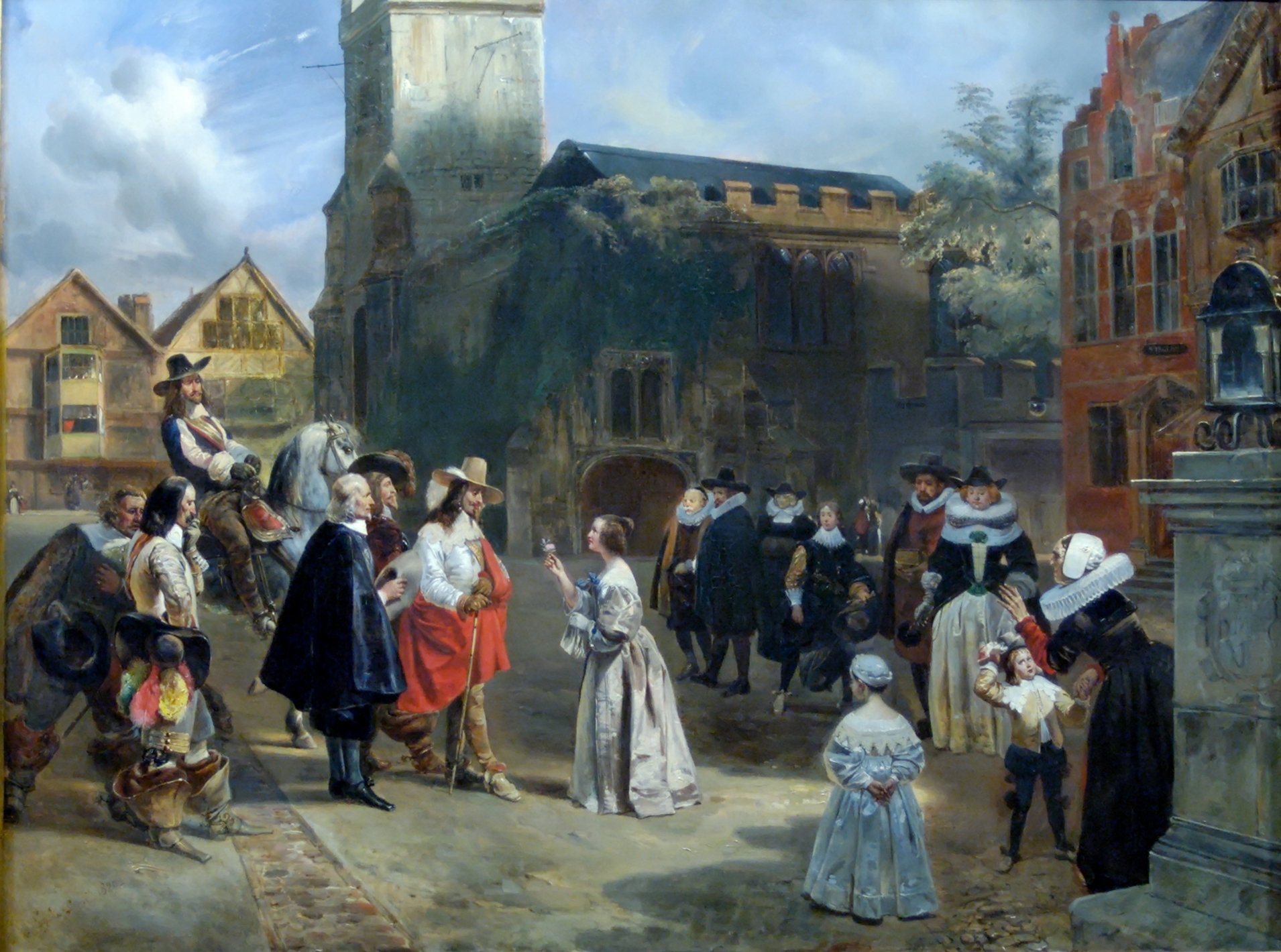|
Görwel Gyllenstierna
Görwel Christina Carlsdotter Gyllenstierna (1646–1708) was a Swedish noblewoman, duellist and landowner. Görwel was the daughter of Lieutenant Colonel Carl Nilsson Gyllenstierna of Fågelvik and Hässelby (1621–1650) and Sidonia Mannersköld (1620–1656). She was famous among her contemporaries for her great learning as well as for her interest and skill in sports normally reserved for males. She was referred to as "A Minerva and an Amazons, Amazon in one" and was a student of not only chemistry, theology, natural science and other subjects but also active within hunting, fencing and other "Knightly practises" rather than "feminine tasks", something which attracted a lot of attention. She made herself widely known when in 1661 she challenged Lieutenant Colonel David Kohl to a duel for marrying her cousin Görwel Nilsdotter Gyllenstierna against the consent of her family. Görwel Christina married Lieutenant Colonel Leonard Schulman (1644–1677) in 1670. After his death, s ... [...More Info...] [...Related Items...] OR: [Wikipedia] [Google] [Baidu] |
Minerva
Minerva (; ; ) is the Roman goddess of wisdom, justice, law, victory, and the sponsor of arts, trade, and strategy. She is also a goddess of warfare, though with a focus on strategic warfare, rather than the violence of gods such as Mars. Beginning in the second century BC, the Romans equated her with the Greek goddess Athena.''Larousse Desk Reference Encyclopedia'', Book People, Haydock, 1995, p. 215. Minerva is one of the three Roman deities in the Capitoline Triad, along with Jupiter and Juno. Minerva is a virgin goddess. Her domain includes music, poetry, medicine, wisdom, commerce, weaving, and the crafts. Minerva is often depicted with her sacred creature, an owl usually named the " owl of Minerva" which symbolised her association with wisdom and knowledge, as well as, less frequently, the snake and the olive tree. Minerva is commonly depicted as tall with an athletic and muscular build. She is often wearing armour and carrying a spear. As an important Roman g ... [...More Info...] [...Related Items...] OR: [Wikipedia] [Google] [Baidu] |
Amazons
The Amazons (Ancient Greek: ', singular '; in Latin ', ') were a people in Greek mythology, portrayed in a number of ancient epic poems and legends, such as the Labours of Hercules, Labours of Heracles, the ''Argonautica'' and the ''Iliad''. They were female warriors and hunters, known for their physical agility, strength, archery, riding skills, and the arts of combat. Their society was closed to men and they raised only their daughters, returning their sons to their fathers with whom they would only socialize briefly in order to reproduce. Courageous and fiercely independent, the Amazons, commanded by their queen, regularly undertook extensive military expeditions into the far corners of the world, from Scythia to Thrace, Asia Minor, and the Aegean Islands, reaching as far as Arabia and Egypt. Besides military raids, the Amazons are also associated with the foundation of temples and the establishment of numerous ancient cities like Ephesos, Cyme (Aeolis), Cyme, Smyrna, Sino ... [...More Info...] [...Related Items...] OR: [Wikipedia] [Google] [Baidu] |
Chemistry
Chemistry is the scientific study of the properties and behavior of matter. It is a physical science within the natural sciences that studies the chemical elements that make up matter and chemical compound, compounds made of atoms, molecules and ions: their composition, structure, properties, behavior and the changes they undergo during chemical reaction, reactions with other chemical substance, substances. Chemistry also addresses the nature of chemical bonds in chemical compounds. In the scope of its subject, chemistry occupies an intermediate position between physics and biology. It is sometimes called the central science because it provides a foundation for understanding both Basic research, basic and Applied science, applied scientific disciplines at a fundamental level. For example, chemistry explains aspects of plant growth (botany), the formation of igneous rocks (geology), how atmospheric ozone is formed and how environmental pollutants are degraded (ecology), the prop ... [...More Info...] [...Related Items...] OR: [Wikipedia] [Google] [Baidu] |
Natural Science
Natural science or empirical science is one of the branches of science concerned with the description, understanding and prediction of natural phenomena, based on empirical evidence from observation and experimentation. Mechanisms such as peer review and reproducibility of findings are used to try to ensure the validity of scientific advances. Natural science can be divided into two main branches: list of life sciences, life science and Outline of physical science, physical science. Life science is alternatively known as biology. Physical science is subdivided into branches: physics, astronomy, Earth science and chemistry. These branches of natural science may be further divided into more specialized branches (also known as fields). As empirical sciences, natural sciences use tools from the formal sciences, such as mathematics and logic, converting information about nature into measurements that can be explained as clear statements of the "laws of science, laws of nature". Mode ... [...More Info...] [...Related Items...] OR: [Wikipedia] [Google] [Baidu] |
Fencing
Fencing is a combat sport that features sword fighting. It consists of three primary disciplines: Foil (fencing), foil, épée, and Sabre (fencing), sabre (also spelled ''saber''), each with its own blade and set of rules. Most competitive fencers specialise in one of these disciplines. The modern sport gained prominence near the end of the 19th century, evolving from historical European swordsmanship. The Italian school of swordsmanship, Italian school altered the Historical European martial arts, historical European martial art of classical fencing, and the French school of fencing, French school later refined that system. Scoring points in a fencing competition is done by making contact with the opponent with one's sword. The 1904 Olympic Games featured a fourth discipline of fencing known as singlestick, but it was dropped after that year and is not a part of modern fencing. Competitive fencing was one of the first sports to be featured in the Olympics and, along with Athl ... [...More Info...] [...Related Items...] OR: [Wikipedia] [Google] [Baidu] |
Knight
A knight is a person granted an honorary title of a knighthood by a head of state (including the pope) or representative for service to the monarch, the church, or the country, especially in a military capacity. The concept of a knighthood may have been inspired by the ancient Greek '' hippeis'' (ἱππεῖς) and Roman ''equites''. In the Early Middle Ages in Western Christian Europe, knighthoods were conferred upon mounted warriors. During the High Middle Ages, a knighthood was considered a class of petty nobility. By the Late Middle Ages, the rank had become associated with the ideals of chivalry, a code of conduct for the perfect courtly Christian warrior. Often, a knight was a vassal who served as an elite fighter or a bodyguard for a lord, with payment in the form of land holdings. The lords trusted the knights, who were skilled in battle on horseback. In the Middle Ages, a knighthood was closely linked with horsemanship (and especially the joust) from its orig ... [...More Info...] [...Related Items...] OR: [Wikipedia] [Google] [Baidu] |
Duel
A duel is an arranged engagement in combat between two people with matched weapons. During the 17th and 18th centuries (and earlier), duels were mostly single combats fought with swords (the rapier and later the small sword), but beginning in the late 18th century in England, duels were more commonly fought using pistols. Fencing and shooting continued to coexist throughout the 19th century. The duel was based on a code of honor. Duels were fought not to kill the opponent but to gain "satisfaction", that is, to restore one's honor by demonstrating a willingness to risk one's life for it. As such, the tradition of dueling was reserved for the male members of nobility; however, in the modern era, it extended to those of the upper classes. On occasion, duels with swords or pistols were fought between women. Legislation against dueling dates back to the medieval period. The Fourth Council of the Lateran (1215) outlawed duels and civil legislation in the Holy Roman Empire agains ... [...More Info...] [...Related Items...] OR: [Wikipedia] [Google] [Baidu] |
1646 Births
It is one of eight years (CE) to contain each Roman numeral once (1000(M)+500(D)+100(C)+(-10(X)+50(L))+5(V)+1(I) = 1646). Events January–March * January 5 – The English House of Commons approves a bill to provide for Ireland to be governed by a single Englishman. * January 9 – Battle of Bovey Heath in Devonshire: Oliver Cromwell's New Model Army surprises and routs the Royalist camp of Lord Wentworth. * January 19 – Sir Richard Grenville, 1st Baronet, a Royalist fighting for Prince Charles against Oliver Cromwell's Commonwealth, is imprisoned for insubordination after proposing to make Cornwall self-governing in order to win Cornish support for the Royalists. After being incarcerated at the tidal island of St Michael's Mount off of the coast of Cornwall, he is allowed to escape in March to avoid capture by Cromwell's troops. * January 20 – Francesco Molin is elected as the 99th Doge of Venice after 23 ballots, and governs the Venetian ... [...More Info...] [...Related Items...] OR: [Wikipedia] [Google] [Baidu] |
1708 Deaths
In the Swedish calendar it was a leap year starting on Wednesday, one day ahead of the Julian and ten days behind the Gregorian calendar. Events January–June * January 1 – Charles XII of Sweden invades Russia, by crossing the frozen Vistula River with 40,000 men. * January 7 – Bashkir rebels Siege of Yelabuga (1708), besiege Yelabuga. * January 12 – Shahu I becomes the fifth Chhatrapati of the Maratha Confederacy, Maratha Empire in the Indian subcontinent. * February 26 – HMS Falmouth (1708), HMS ''Falmouth'', a 50-gun fourth-rate ship of the line built at Woolwich Dockyard for the British Royal Navy, is launched. * March 11 – Anne, Queen of Great Britain, withholds Royal Assent from the Scottish Militia Bill, the last time a British monarch vetoes legislation. * March 23 – James Francis Edward Stuart, Jacobite pretender to the throne of Great Britain, unsuccessfully tries to land from a French fleet in the Firth of Forth in Scotland. ... [...More Info...] [...Related Items...] OR: [Wikipedia] [Google] [Baidu] |
Swedish Noblewomen
Swedish or ' may refer to: Anything from or related to Sweden, a country in Northern Europe. Or, specifically: * Swedish language, a North Germanic language spoken primarily in Sweden and Finland ** Swedish alphabet, the official alphabet used by the Swedish language * Swedish people or Swedes, persons with a Swedish ancestral or ethnic identity ** A national or citizen of Sweden, see demographics of Sweden ** Culture of Sweden * Swedish cuisine See also * * Swedish Church (other) * Swedish Institute (other) * Swedish invasion (other) * Swedish Open (other) Swedish Open is a tennis tournament. Swedish Open may also refer to: * Swedish Open (badminton) * Swedish Open (table tennis) * Swedish Open (squash) * Swedish Open (darts) {{disambiguation ... {{disambig Language and nationality disambiguation pages ... [...More Info...] [...Related Items...] OR: [Wikipedia] [Google] [Baidu] |
17th-century Swedish Nobility
The 17th century lasted from January 1, 1601 (represented by the Roman numerals MDCI), to December 31, 1700 (MDCC). It falls into the early modern period of Europe and in that continent (whose impact on the world was increasing) was characterized by the Baroque cultural movement, the latter part of the Spanish Golden Age, the Dutch Golden Age, the French ''Grand Siècle'' dominated by Louis XIV, the Scientific Revolution, the world's first public company and megacorporation known as the Dutch East India Company, and according to some historians, the General Crisis. From the mid-17th century, European politics were increasingly dominated by the Kingdom of France of Louis XIV, where royal power was solidified domestically in the civil war of the Fronde. The semi-feudal territorial French nobility was weakened and subjugated to the power of an absolute monarchy through the reinvention of the Palace of Versailles from a hunting lodge to a gilded prison, in which a greatly expanded ro ... [...More Info...] [...Related Items...] OR: [Wikipedia] [Google] [Baidu] |









